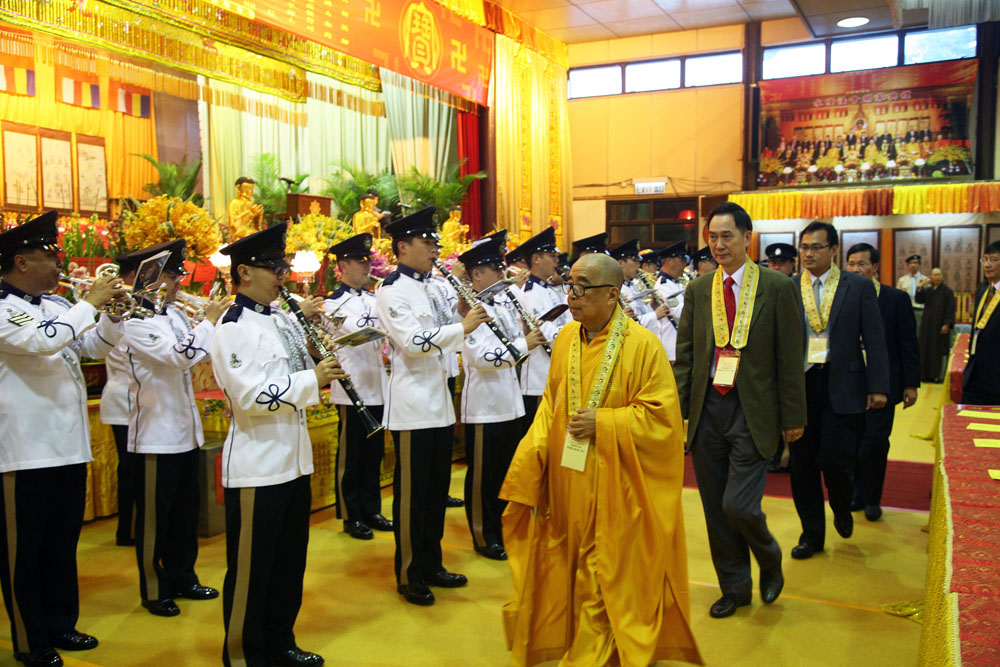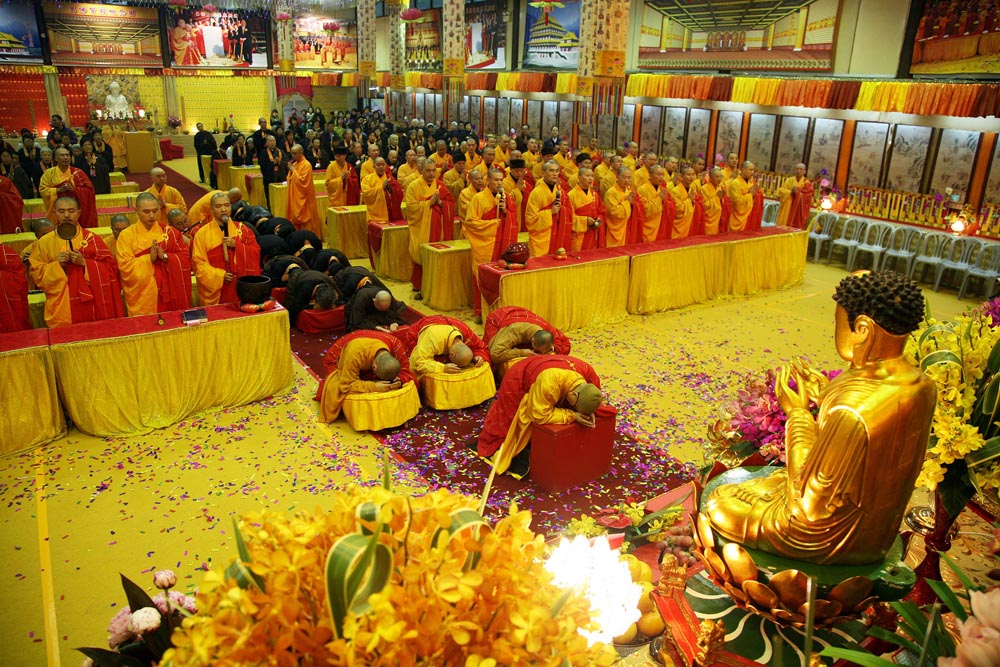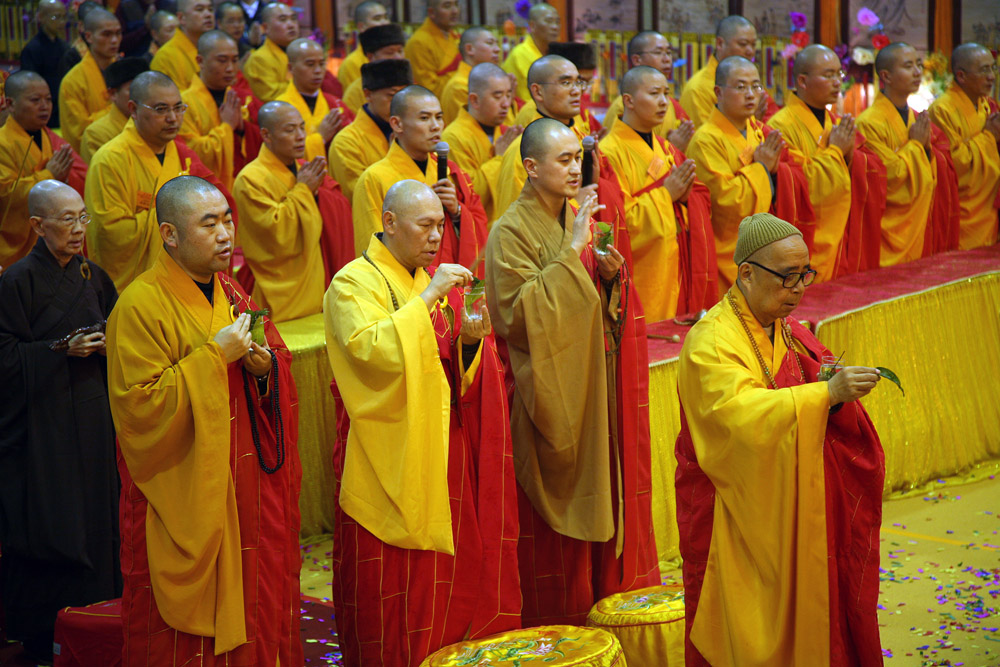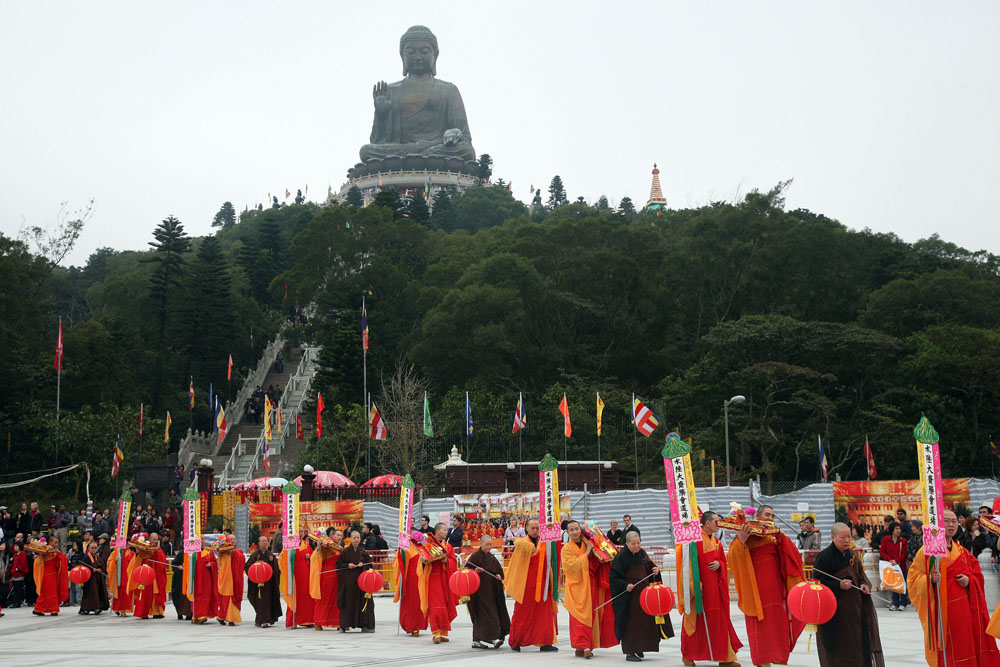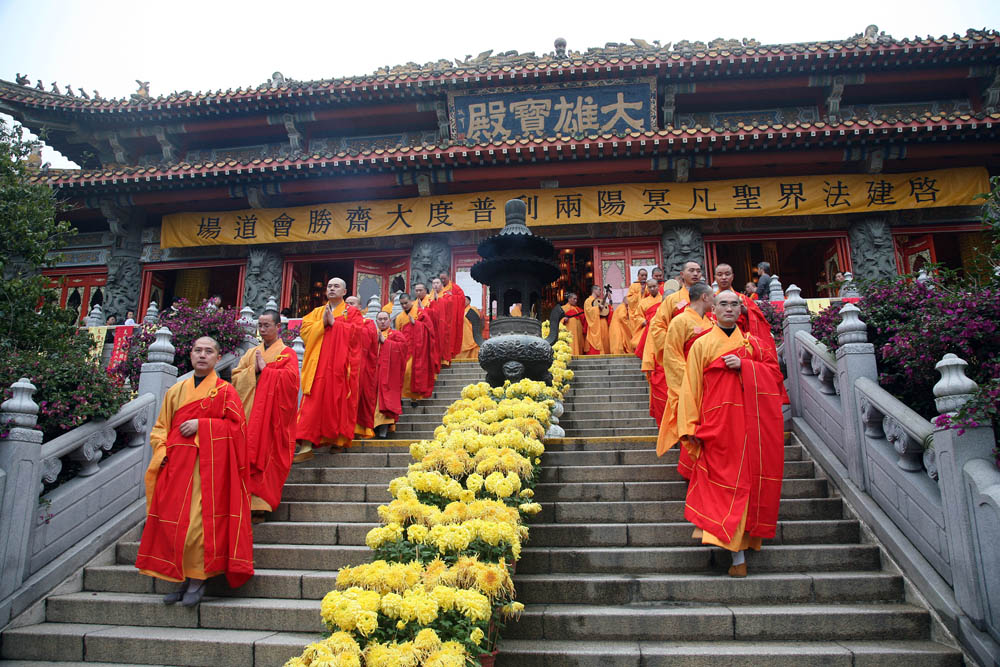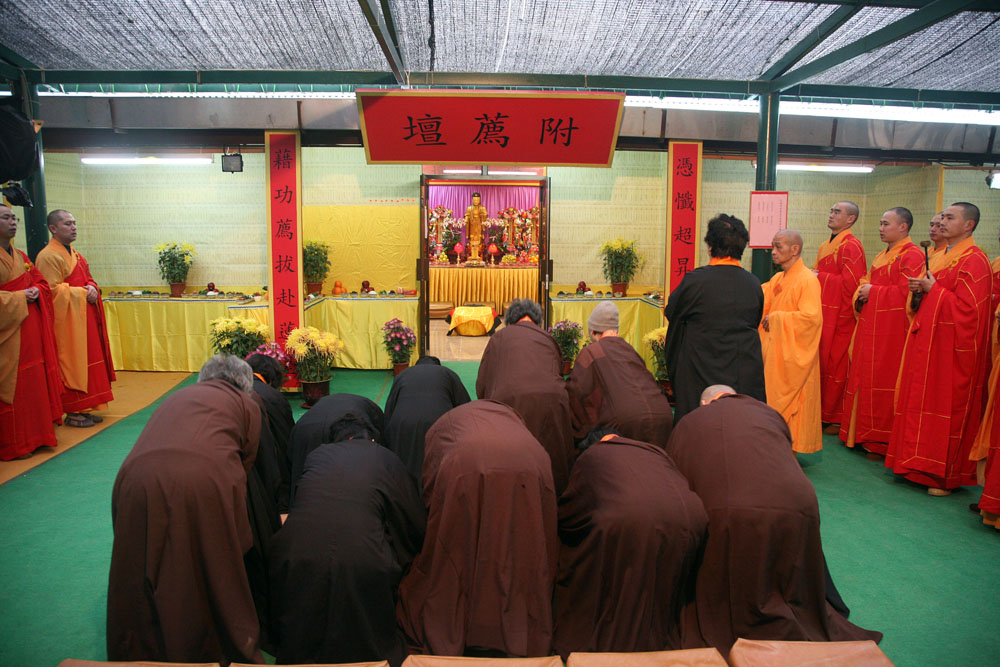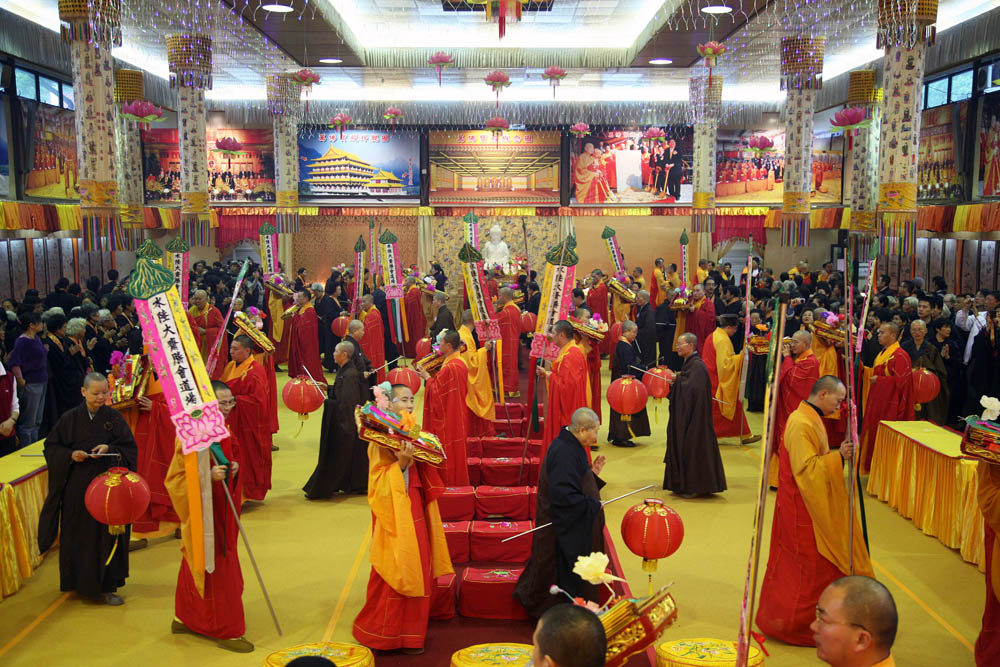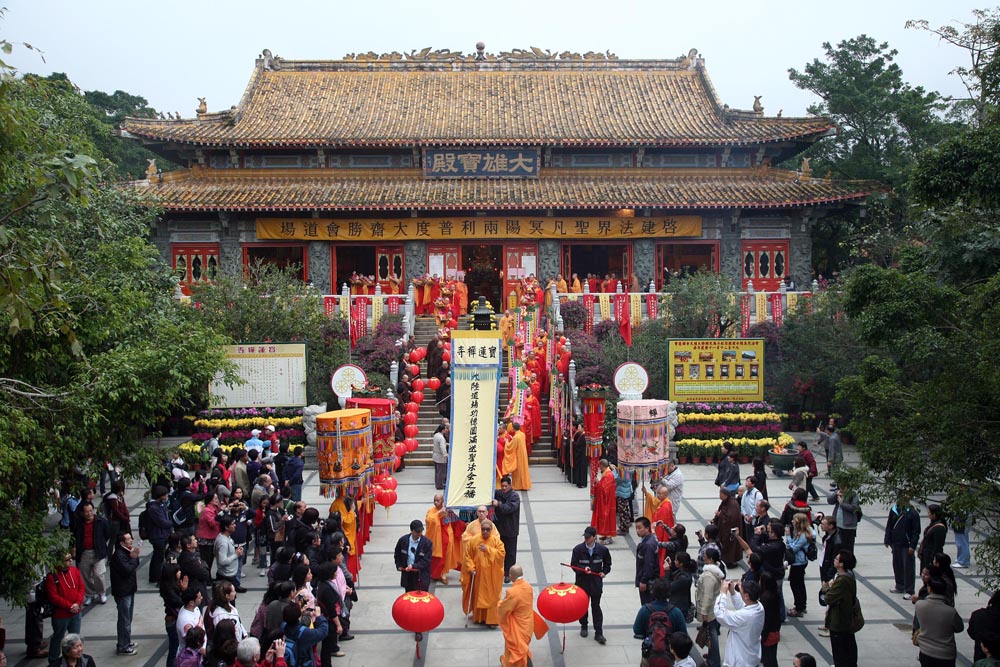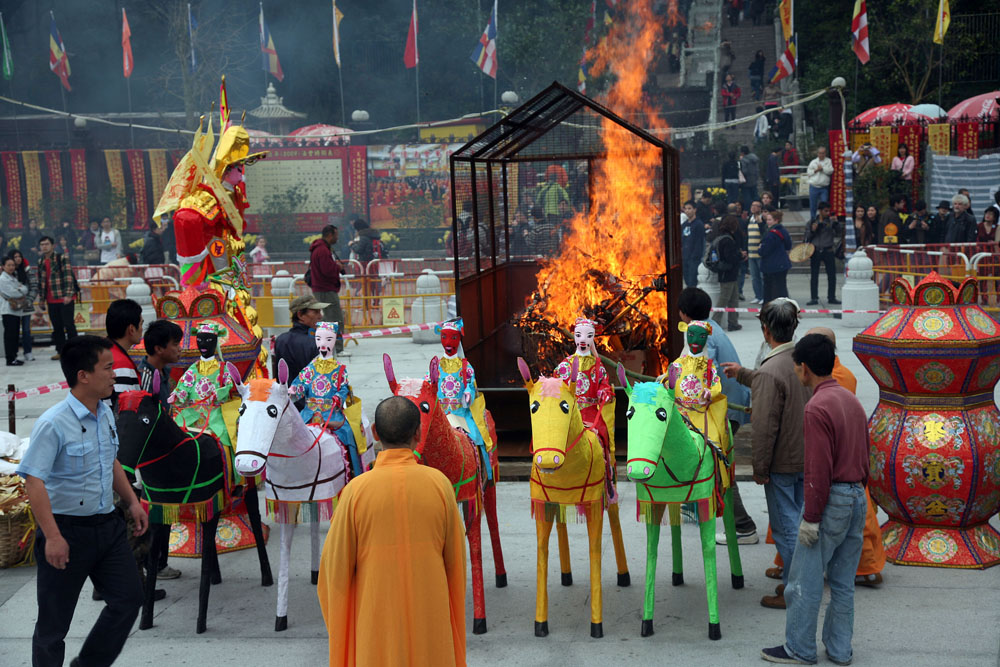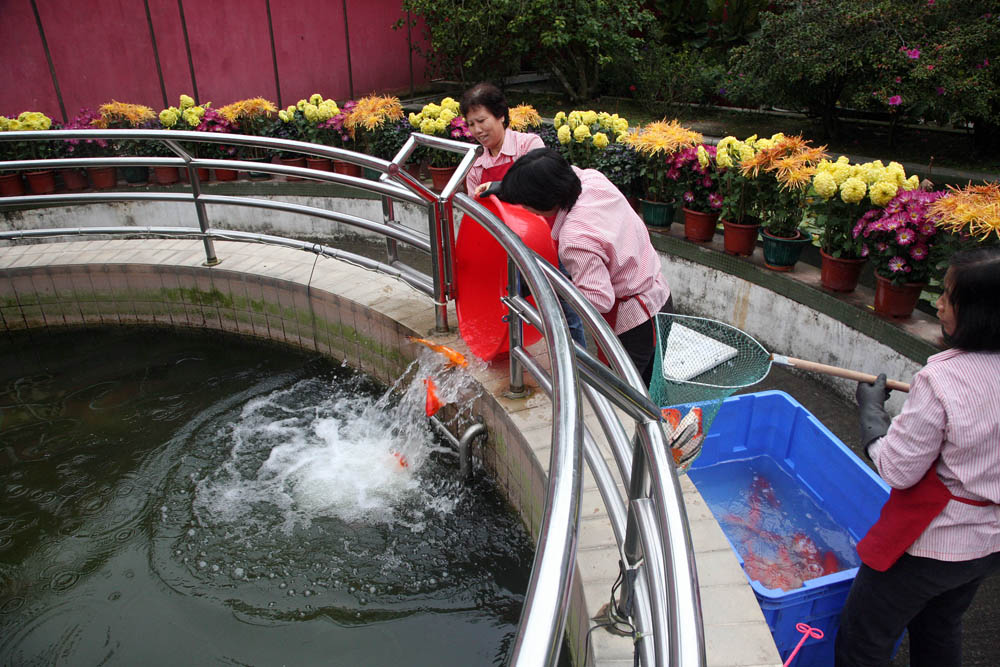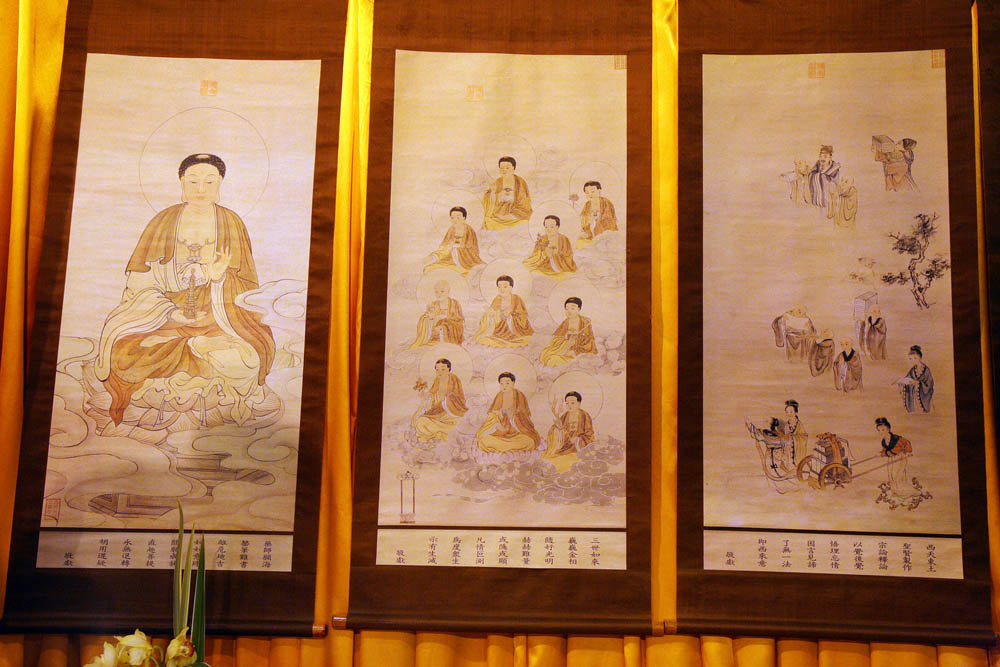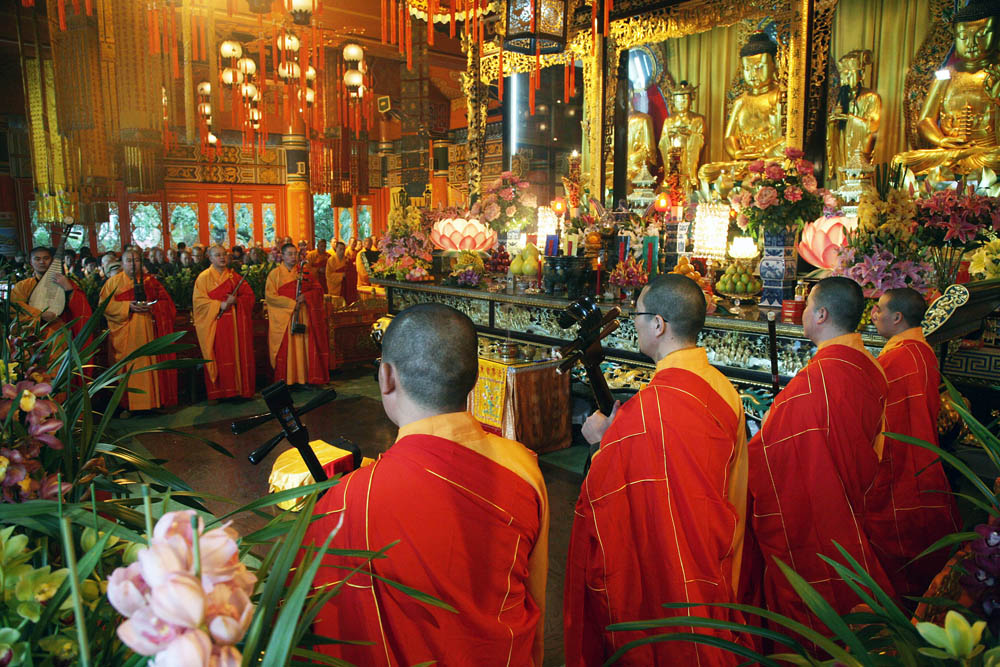-
History & Society
- Education in Pre-war Hong Kong
- History of Taikoo Sugar Refinery
- Hong Kong Products Exhibition
- Local Festivals Around the Year
- Post-war Industries
- Pre-war Industry
- The Hong Kong Jockey Club Archives
- Tin Hau Festival
- Memories We Share: Hong Kong in the 1960s and 1970s
- History in Miniature: The 150th Anniversary of Stamp Issuance in Hong Kong
- A Partnership with the People: KAAA and Post-war Agricultural Hong Kong
- The Oral Legacies (I) - Intangible Cultural Heritage of Hong Kong
- Hong Kong Currency
- Hong Kong, Benevolent City: Tung Wah and the Growth of Chinese Communities
- The Oral Legacies Series II: the Representative List of the Intangible Cultural Heritage of Hong Kong
- Braving the Storm: Hong Kong under Japanese Occupation
- A Century of Fashion: Hong Kong Cheongsam Story
Geography & EnvironmentArt & Culture- Calendar Posters of Kwan Wai-nung
- Festival of Hong Kong
- Ho Sau: Poetic Photography of Daily Life
- Hong Kong Cemetery
- Sketches by Kong Kai-ming
- The Culture of Bamboo Scaffolding
- The Legend of Silk and Wood: A Hong Kong Qin Story
- Journeys of Leung Ping Kwan
- From Soya Bean Milk To Pu'er Tea
- Applauding Hong Kong Pop Legend: Roman Tam
- 他 FASHION 傳奇 EDDIE LAU 她 IMAGE 百變 劉培基
- A Eulogy of Hong Kong Landscape in Painting: The Art of Huang Bore
- Imprint of the Heart: Artistic Journey of Huang Xinbo
- Porcelain and Painting
- A Voice for the Ages, a Master of his Art – A Tribute to Lam Kar Sing
- Memories of Renowned Lyricist: Richard Lam Chun Keung's Manuscripts
- Seal Carving in Lingnan
- Literary Giant - Jin Yong and Louis Cha
Communication & Media- Hong Kong Historical Postcards
- Shaw Brothers’ Movies
- Transcending Space and Time – Early Cinematic Experience of Hong Kong
- Remembrance of the Avant-Garde: Archival Camera Collection
- Down Memory Lane: Movie Theatres of the Olden Days
- 90 Years of Public Service Broadcasting in Hong Kong
- Multifarious Arrays of Weaponry in Hong Kong Cinema
-
History & SocietyGeography & EnvironmentArt & Culture
-
View Oral History RecordsFeatured StoriesAbout Hong Kong Voices
-
Hong Kong MemoryLocal Festivals Around the YearRecently Visited
Deliverance Service for All in Water and Land
-
From the 12th to 19th of the 11th month of the Lunar Calendar
Every year the Buddhist monasteries hold various assemblies, among which the most important one is the large scale Shuilu Fahui ( literally “Water-land Dharma Assembly”), or Deliverance Service for All in Water and Land, to free the dead from the constant transmigration of souls. However, due to the nature of the ceremony which requires significant input of labour, time and space, ordinary temples do not generally hold the service. In Hong Kong, only several major monasteries are capable of practicing the annual rite and one of them is the Po Lin Monastery on Lantau Island.
-
History
According to historical records of Song dynasty (10th – 13th century C.E.), the tradition of Deliverance Service for All in Water and Land started during the reign of the Emperor Wu of Liang ( 502-549 C.E.). It is said that the emperor dreamt a sagely monk, who suggested him that, “regarding the endless sufferings of the four modes and the six realms (or six gati) of rebirth, why don’t you organise an assembly to deliver all the beings in water and land from that?” The next day, he consulted his civil and military officials about the dream but none of them could interpret it. A monk named Bao Zhi advised to turn to Buddhist scriptures. The emperor agreed and recruited a number of monks from India to study the Tripitaka, i.e. the entire volume of Buddhist Canon. Three years later, the formulation of a ritual guideline for deliverance services was accomplished. Soon after that, a Water-and-Land Aid was held at Jinshan Temple for universal confession and deliverance and the rite had become a prevailing religious culture during the Song dynasty.
-
Significance of the Deliverance Service
The temple at Ngong Ping was founded by three monks from Jiangsu Province in 1906 and was officially named ‘Po Lin Monastery’ in 1924. The 7-day Deliverance Service for All in Water and Land was held here from the 12th to 19th of the eleventh lunar month every year. In addition to free meals, the monastery invited monks to chant and deliver all beings in water and land from the sufferings of the four modes and the six directions of rebirth, and at the same time, they also prayed for individual health, social property and peace of the world.
The Service being a mass rite that the involved repentance was significant not only in religious terms but also in the secular term. Believers took the chance to pray for their relatives and ancestors with gratitude for the legacy they left to today. On the first day of the Deliverance Service, delegates from national department of religious affairs, legislators, officials and Buddhist institutions were all invited to the opening ceremony at the Po Lin Hall. The guests were shown thecharity achievements made by the monastery in the past years and updated the construction project of the Ten Thousand Buddha’s Hall.
-
The Rituals
The altar space was divided into interior and exterior altars, with the interior altar inside the main hall being more important. There was an elaborate set of purification ritual rules. The ritual process included site purification by sprinkling, cleaning-up, activation, invitation of sages, offerings to sages, confession and forgiveness, invitation to the souls in six gati and offerings to the souls in six gati. Some were in the early morning and some are at night such as the Yoga ‘flaming mouth’ for three nights to free hungry ghosts from reincarnation.
-
The Escort
The climax came with the Escort on the closing day in order to send the welcomed sages respectfully to depart. At noon of the last service day, a line of monks who were chanting in the Tai Hung Po Din (the main hall for worship), stepped down from the hall with patakas (flags or streamers) in hand and headed towards the Circular Mound Altar in front of the Tian Tan Buddha. Upon reaching the Altar, the monks started burning paper-maches including horses in five colours and Prajna’s boats (or, boats of wisdom) as well as offerings, the statue of Tai Shi, the transcripts of prayer, and tablets for the sages, which means sending the sages up to the devaloka, or the heaven. While the monks were performing the Escort, others let free different animals living in sky, land and water. When all rituals were completed, the 7-day assembly ended by fulfilling its merits and virtues successfully.
-
Features
The Deliverance Service for All in Water and Land distinguished itself in three aspects: first, it was a long worship, which could run from 7 days to 49 days. Second, it was a large-scaled gathering with the number of participants up to a thousand. In the service held by Po Lin Monastery, a group of 60 composed of a delegation from Shanghai Long Hua Temple and monks from overseas was invited to take part. Third, it was a complete process of worship which covered all kinds of ritualistic practice.
-
Moreover, it is noted that the altars were more formal and strict in decoration than regular worship sites. The statue of Buddha was set in the centre of the interior altar and various offerings like fruits, flowers, candles and joss sticks fill the altar table. The walls of both sides were covered by the portraits of Buddha and sages which were especially intended for the occasion, meaning that the attendance of all sages have been solicited.
Copyright © 2012 Hong Kong Memory. All rights reserved. -






